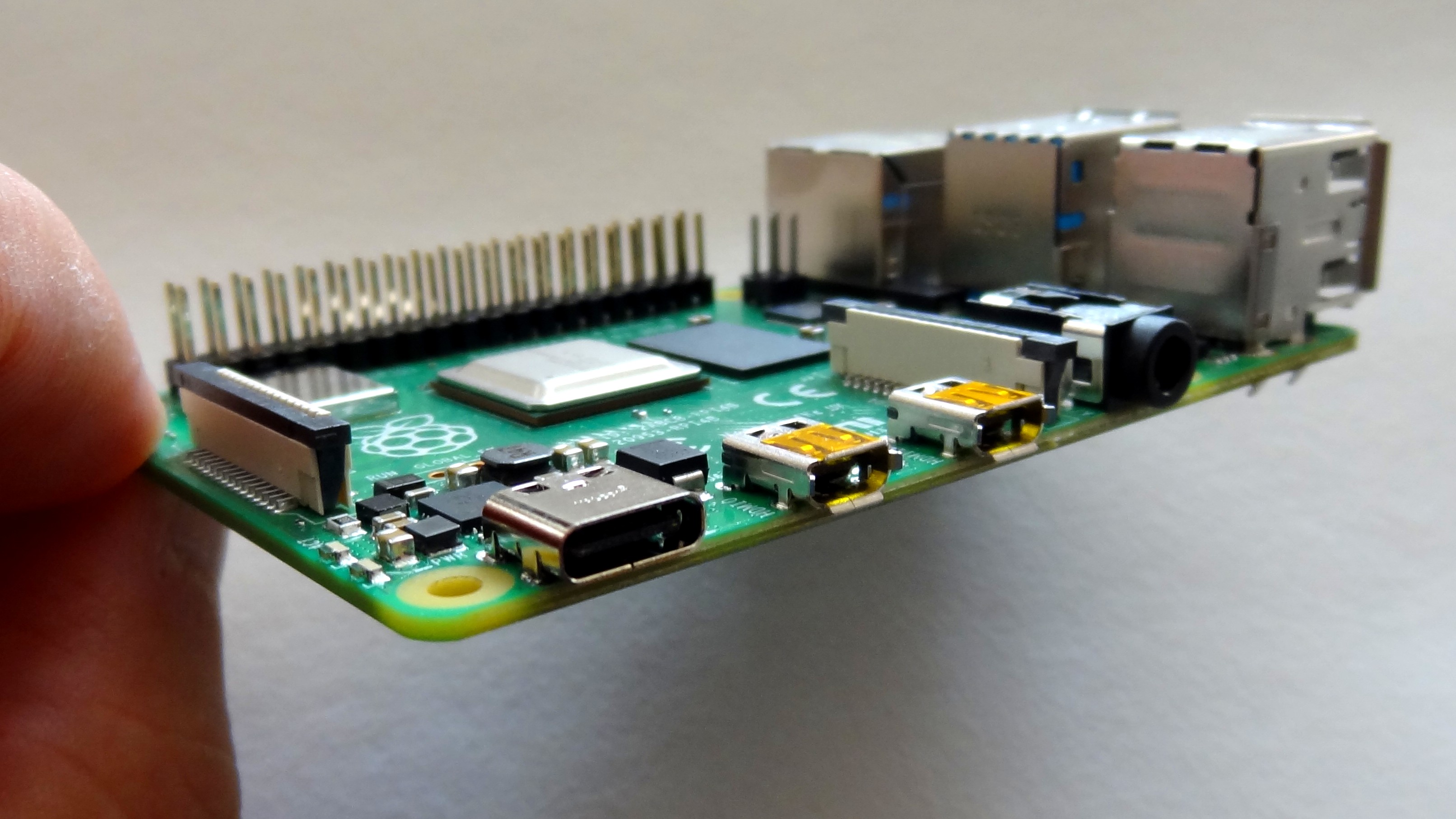Remember Tiny11? The fresh take on Windows 11 with a load of bloat removed, that runs on older and lesser spec PCs? Well, it’s now possible to run the stripped-back OS on a Raspberry Pi.
This feat comes courtesy of the fact that the developer (NTDEV) has made an installer for Tiny11 ARM64 (opens in new tab), and our sister site Tom’s Hardware (opens in new tab) went ahead and put this version on a Raspberry Pi 4.
Just to remind you, the Pi 4 is a simple computer (well, a board to be precise) with 2GB of RAM (which is the minimum requirement for Tiny11) and a processor that runs at 1.5GHz.
And the headline news is that Tiny11 works, though Tom’s doesn’t recommend installing on a microSD card – as that’s too slow – but rather a USB flash drive.
Even so, the debloated take on Windows 11 ran okay – well, just about – allowing apps to be fired up, and for example Microsoft Edge was run, and web pages could be browsed, though elements such as images took quite some time to render.
Analysis: A tiny slice of Pi that’s edible, but not tasty
It’s not a huge surprise to see Tiny11 run on a Raspberry Pi 4, given that we’ve already witnessed it successfully working with a ludicrously small amount of system RAM.
However, while Tiny11 was usable on the Pi 4, performance wasn’t nearly fast enough to be acceptable for everyday use. So, the installation of Windows 11 in this fashion is more of an interesting experiment than a practical application of the stripped-down version of Microsoft’s OS.
There are other issues here aside from bogged-down performance, and that includes dodgy wireless connectivity: Tom’s noted that the Pi’s Wi-Fi failed to work with Tiny11, and while a Bluetooth connection could be successfully made, it didn’t work for sending files over. Plugging in via an Ethernet connection allowed for the internet to be accessed, though.
Tiny11 for ARM64 is still very rough around the edges, then, although that’s to be expected, and indeed there have been several early fixes deployed already, including one for a bug that caused installation failure.





